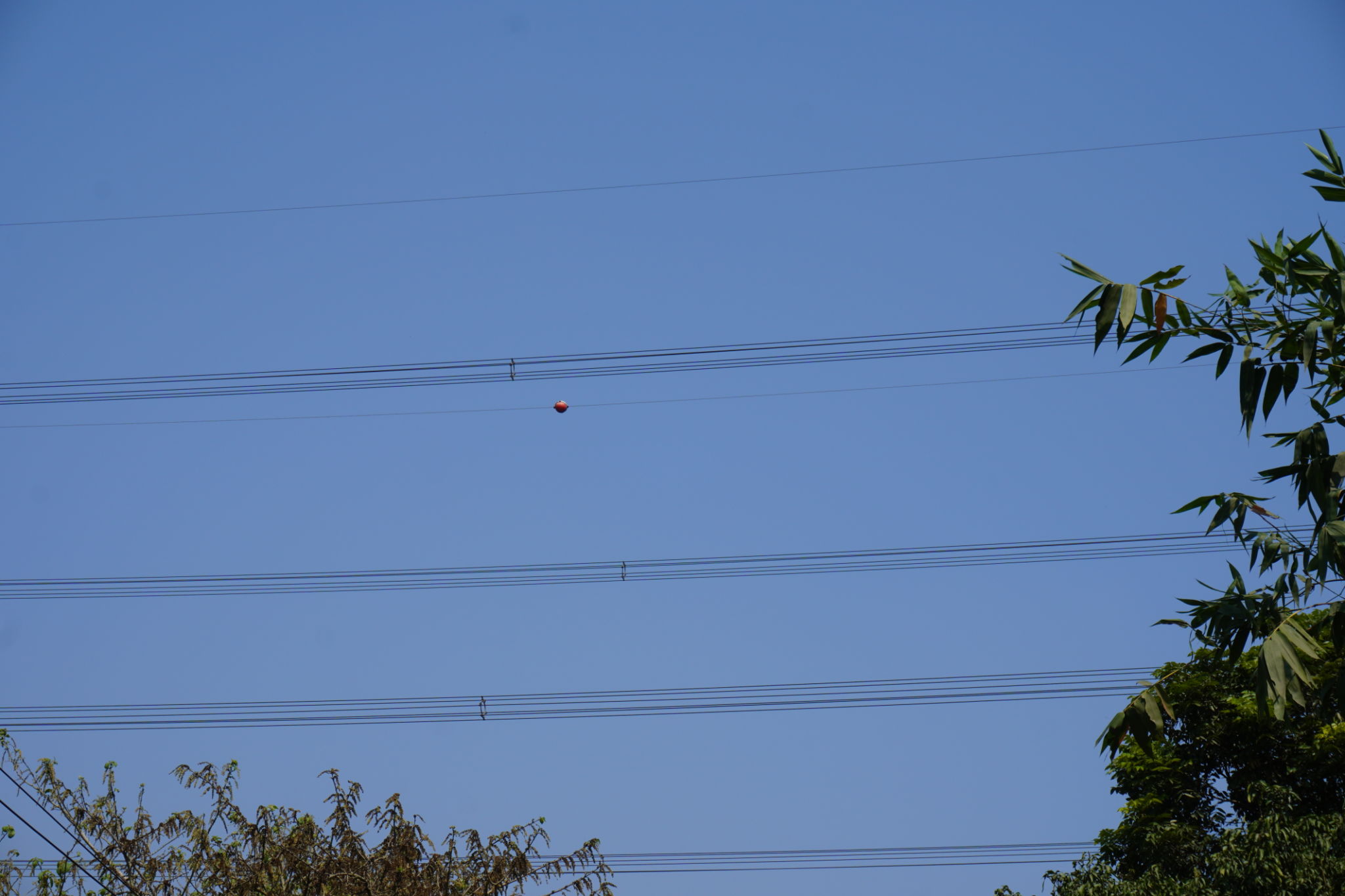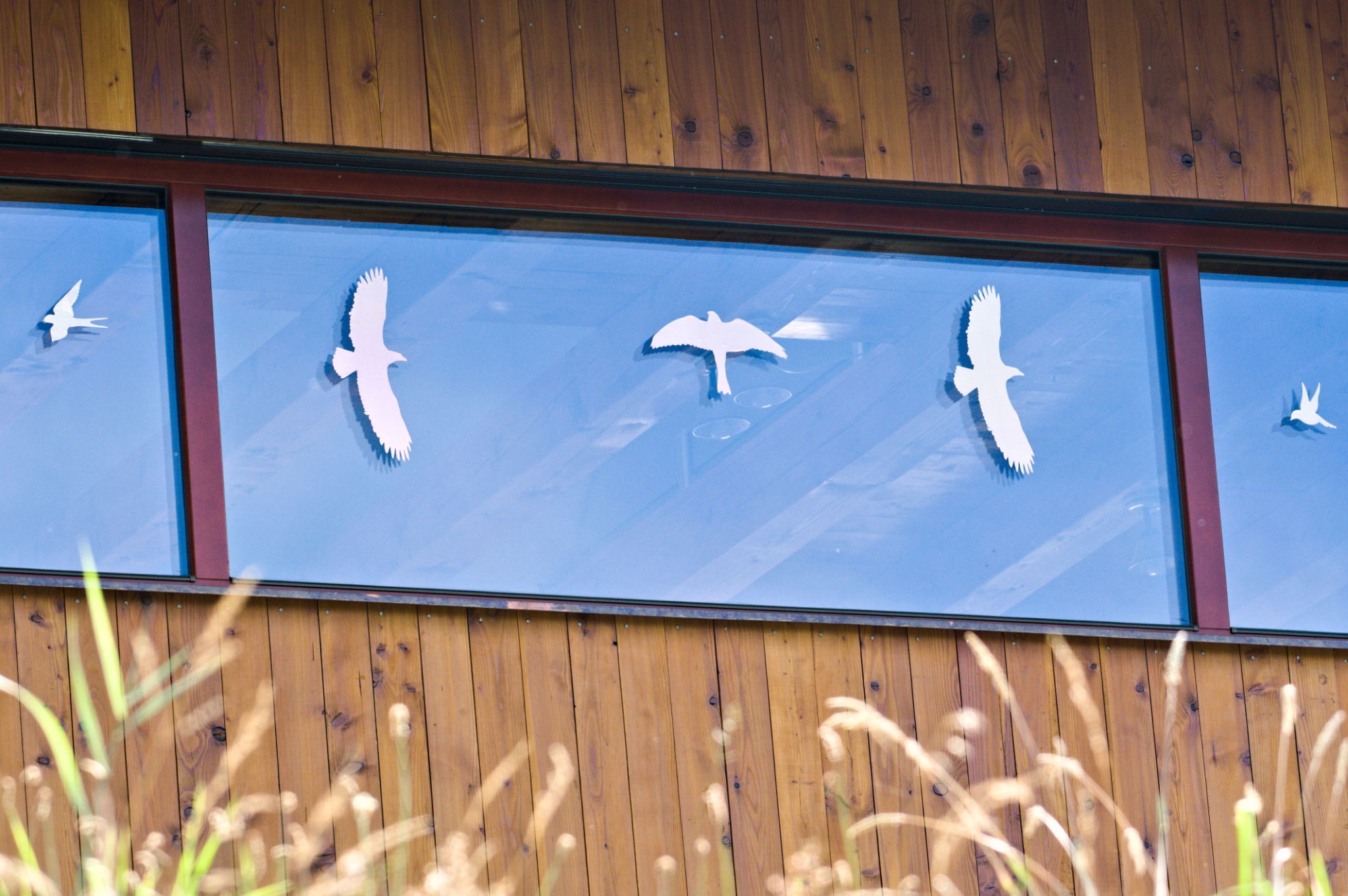Innovations in Bird Diverter Design: Enhancing Visibility and Durability
Introduction to Bird Diverters
Bird diverters are essential tools used to prevent avian collisions with man-made structures, such as power lines and wind turbines. These devices enhance safety for birds while minimizing disruptions to human activities. As technology advances, innovations in bird diverter design are improving their visibility and durability, making them more effective than ever before.
Collisions can be fatal for birds, especially in areas with high migration traffic. Traditional diverters have mitigated some risks, but recent innovations are setting new standards for bird protection. Let's explore how these advancements are making a difference.

Enhancing Visibility
Reflective and Fluorescent Materials
One of the primary goals of modern bird diverters is to enhance visibility across various lighting conditions. The use of reflective and fluorescent materials is a game-changer in this regard. Reflective surfaces catch sunlight, increasing daytime visibility, while fluorescent coatings glow in low-light conditions, such as dawn and dusk.
These materials help birds detect obstacles from a distance, giving them ample time to alter their flight path. In addition to traditional visual cues, researchers are exploring UV-reflective materials that are visible to birds but not humans, leveraging avian visual capabilities.
Dynamic Diverter Designs
Another innovative approach involves dynamic designs that incorporate motion to catch a bird's attention. Diverters with spinning or flapping elements create movement that is highly visible from afar, alerting birds to potential hazards. This motion-based strategy is particularly useful in areas with low ambient light or adverse weather conditions.

Improving Durability
Weather-Resistant Materials
Durability is a critical factor in the effectiveness of bird diverters. Recent advancements have introduced weather-resistant materials that withstand harsh environmental conditions, such as extreme temperatures, high winds, and heavy precipitation. These materials ensure the longevity of diverters and reduce maintenance costs over time.
Materials such as high-grade polymers and corrosion-resistant metals are becoming standard in diverter construction. These materials not only extend the lifespan of the devices but also ensure consistent performance, crucial for maintaining safety standards year-round.

Sustainable Design Practices
Sustainability is increasingly important in all areas of design, including bird diverters. Innovations focus on using eco-friendly materials that reduce environmental impact without compromising performance. Recyclable components and biodegradable materials are being incorporated into designs, ensuring that bird diverters contribute positively to ecological health.
The Future of Bird Diverter Technology
The future of bird diverter technology holds exciting possibilities. As research continues, we can expect even more sophisticated designs that integrate technology like sensors and AI to further enhance efficacy. These advancements will enable real-time monitoring and automatic adjustments to improve performance dynamically.
Overall, the innovations in bird diverter design represent a significant step forward in conservation efforts. By enhancing visibility and durability, these tools play a crucial role in protecting bird populations while balancing human needs for energy and infrastructure development.
